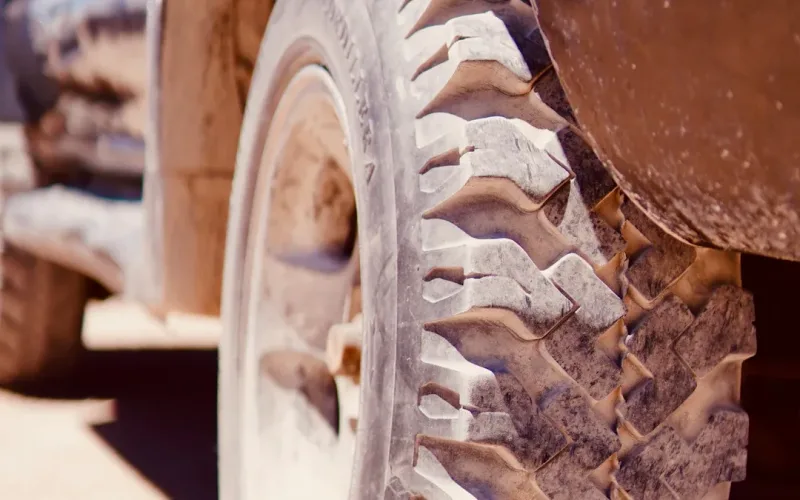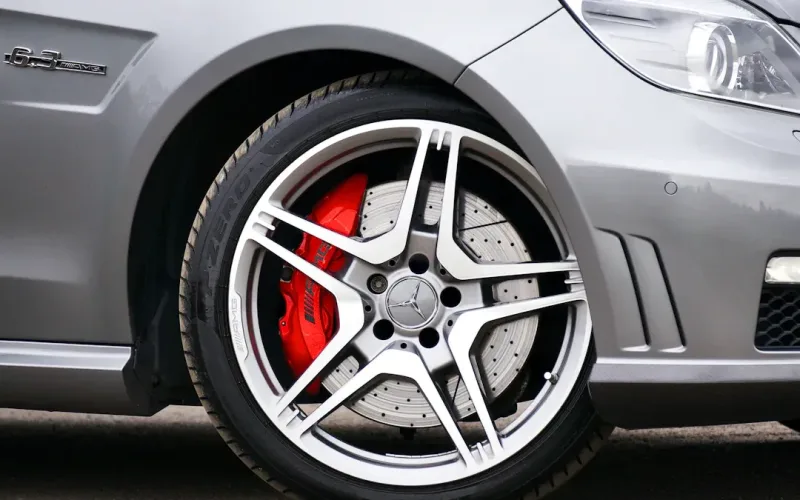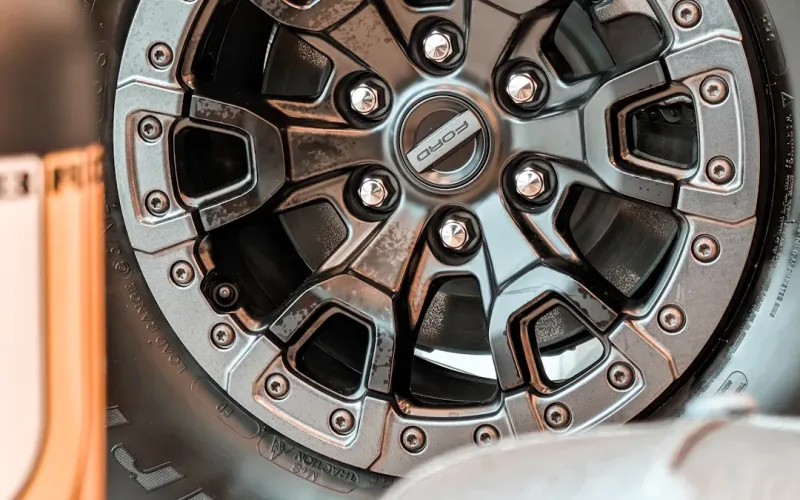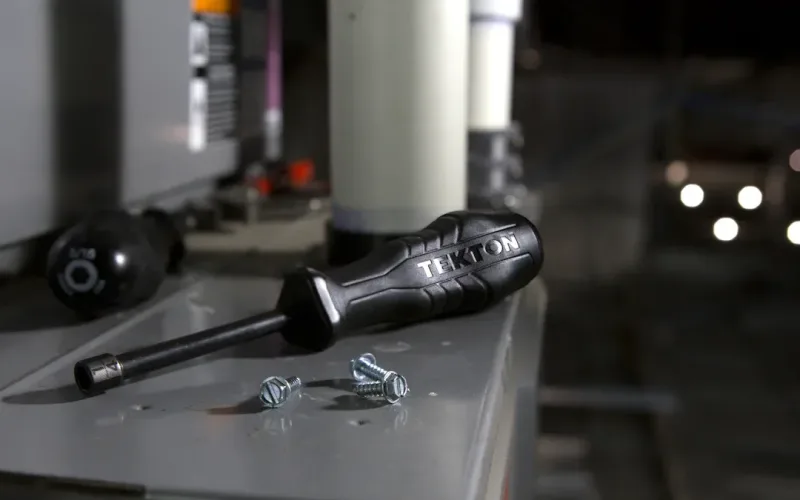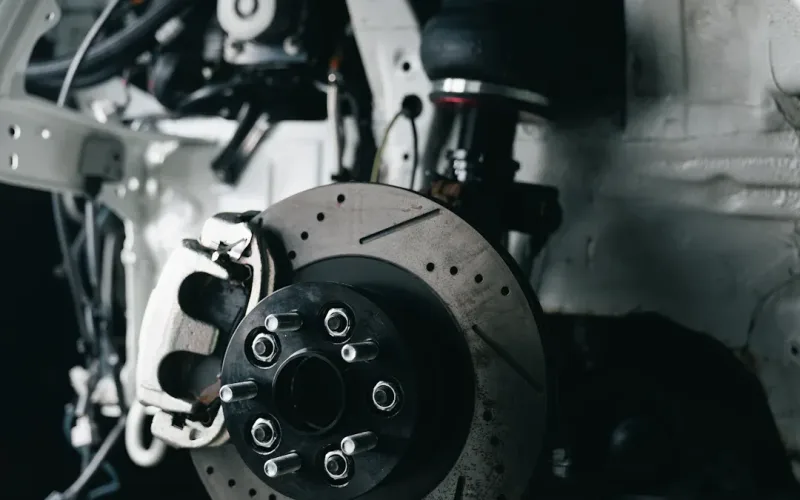

admin1
July 17, 2025
Why Valve Stem Covers Are Essential for Tire Maintenance in 2025
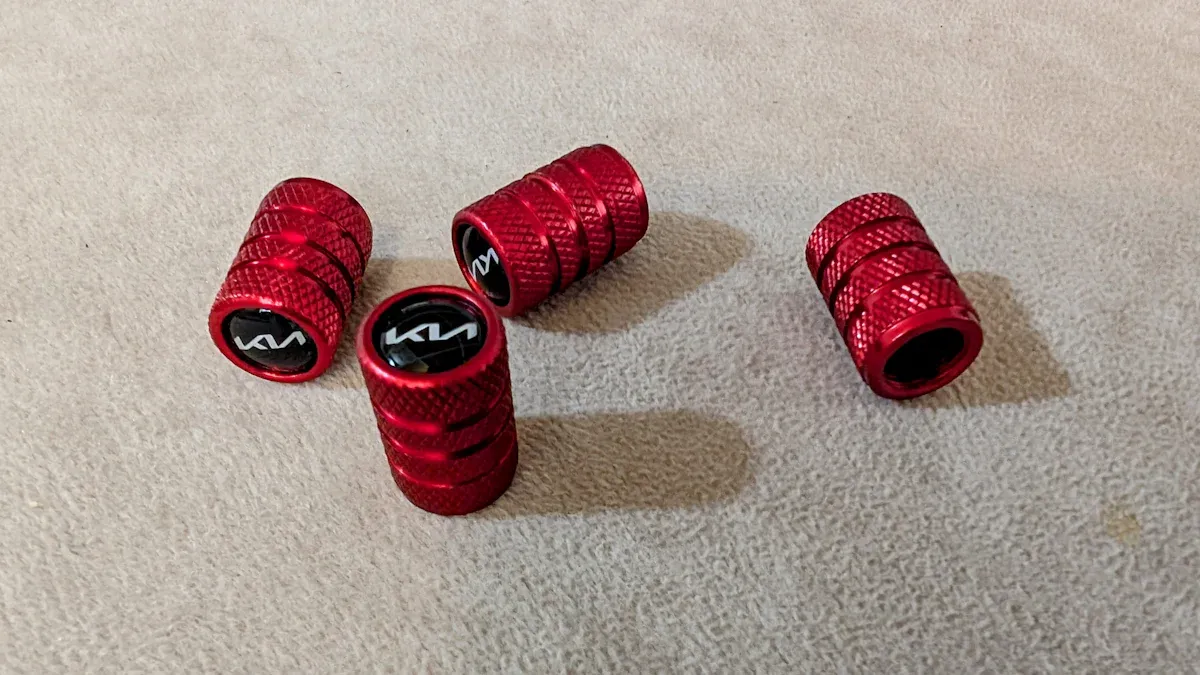
Valve stem covers play a key role in tire maintenance. You use them to stop air leaks and keep dirt out of the tire valve. This helps you keep your tire pressure at the right level. Good tire pressure means better safety and longer tire life. When you protect the valve, you help your tire last longer and avoid problems. Many drivers overlook valve stem covers, but you should always check them to protect your tire and improve its longevity.
Tip: Always check your valve stem covers when you inspect your tire pressure. This simple habit can save you money and keep you safe on the road.
The Role of Valve Stem Covers in Tire Protection
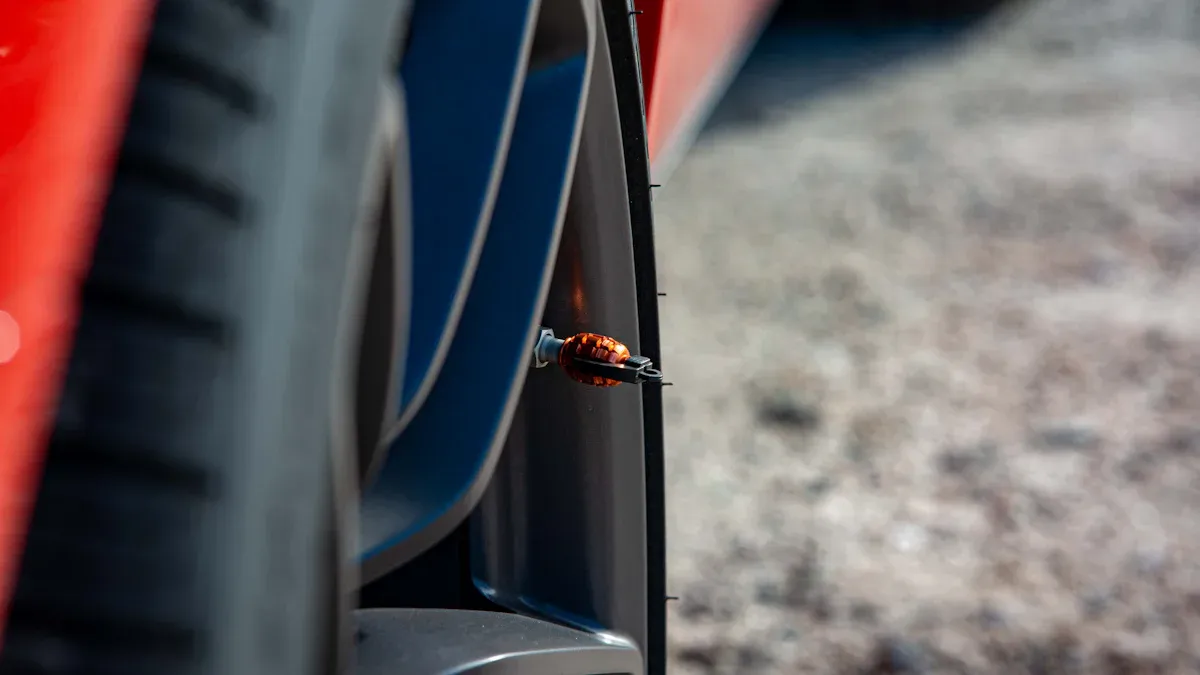
Preventing Air Leaks and Maintaining Tire Pressure
You rely on tire valve caps to keep your tires sealed and safe. When you use valve stem covers, you help stop air from escaping. This is important for preventing air leakage, which can cause your tires to lose pressure. If you drive with low tire pressure, your tires wear out faster and your car does not handle as well.
- Valve stems can crack or wear out from moisture and weather. This damage leads to air leaks.
- Tire valve caps protect the valve core from dirt and moisture, helping you keep an airtight seal.
- When you secure the valve stem covers, you lower the risk of pressure loss and leakage.
Valve stem covers help you maintain proper tire pressure by sealing the valve stems. This keeps out dirt and water, which can cause corrosion and leaks. When you keep your tire pressure steady, you drive safer and your tires last longer. You also save money because you do not have to replace your tires as often.
Shielding Tire Valve Caps from Dirt and Moisture
Tire valve caps act as shields for your tire valve stem. You face many hazards on the road, such as dirt, sand, and water. These elements can get into the valve and cause problems. When dirt enters the valve, it can block the seal and lead to slow leaks. Moisture can cause the valve to rust or crack, which makes preventing air leakage harder.
- Tire valve caps prevent dirt and debris from entering the valve core.
- Moisture, road salt, and chemicals can make valve stems brittle or cracked.
- Replacing valve stems during tire changes helps you avoid slow leaks.
By protecting valve stems, you keep your tires in good shape. You also avoid costly repairs. Tire valve caps give you a simple way to add protection and keep your tires working well.
Tip: Check your tire valve caps after driving in rain or snow. If you see any damage, replace them right away to keep your tires safe.
Enhancing Tire Safety and Performance
You want your tires to perform well and keep you safe. Tire valve caps play a big part in this. When you keep your valve stem covers in place, you help maintain proper tire pressure. This leads to efficient tire performance and better fuel economy. Your car handles better, and you can stop quickly when needed.
- Tire valve covers protect the valve stem from dirt, debris, and moisture, which helps you keep proper tire pressure.
- Keeping the right air pressure improves fuel efficiency, tire life, and safety.
- Regular inspection and maintenance of tire valve caps prevent air leaks and corrosion.
- Professionals recommend plastic valve caps to avoid corrosion that can fuse caps to stems.
When you check your tire valve stem and tire valve caps often, you lower the risk of underinflation. This means you avoid safety risks and keep your tires working their best. Tire valve caps also serve as a visual reminder. If you see one missing, you know it is time for maintenance.
Note: Always use the right tire valve cap for your tires. This small step gives you big benefits in protection and performance.
Risks of Missing or Damaged Valve Stem Covers
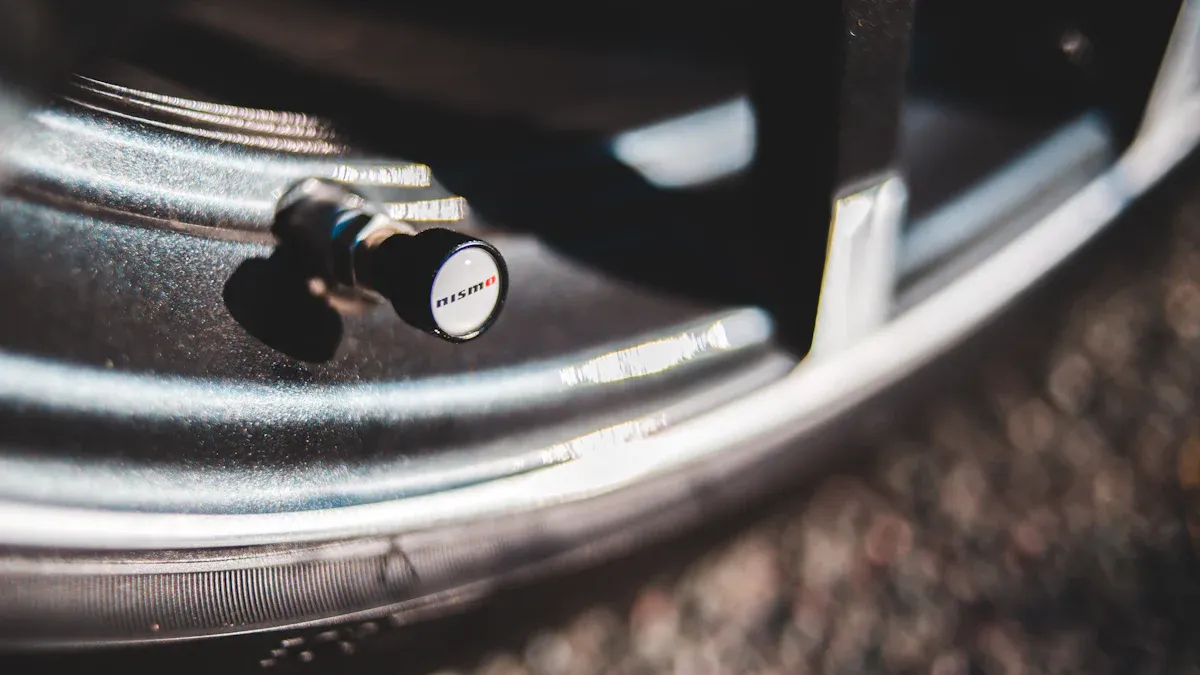
When you ignore missing or damaged tire valve caps, you put your tires at risk. These small parts play a big role in keeping your tires safe and working well. Let’s look at the main dangers you face if you do not keep your tire valve caps in good shape.
Increased Air Loss and Tire Pressure Issues
You need tire valve caps to keep air inside your tires. When you lose a cap or use a broken one, the tire valve stem becomes exposed. This makes it easier for air to escape. Even a small amount of air loss can lead to underinflated tires. Underinflated tires do not grip the road as well. You may notice your car does not handle as smoothly or stop as quickly.
- Missing or damaged tire valve caps increase the risk of air leaks.
- Air leakage causes your tires to lose pressure over time.
- Underinflated tires wear out faster and can lead to blowouts.
Automotive safety groups warn that even a tiny leak can cause big problems. You might not see the air escaping, but you will feel the effects when you drive. Always check your tire valve caps after filling your tires. If you see one missing, replace it right away to avoid leakage and keep your tires at the right pressure.
Tip: Use tire valve caps with a sealing O-ring for the best protection against air loss.
Exposure to Contaminants and Valve Corrosion
When you leave the tire valve stem uncovered, dirt, water, and chemicals can get inside. These contaminants can cause the valve to rust or corrode. Corrosion weakens the valve and makes it more likely to fail. You may notice slow leaks or trouble keeping your tires inflated.
- Dirt and debris can block the valve, causing slow leaks.
- Moisture can freeze inside the valve, leading to cracks or corrosion.
- Chemicals like road salt speed up corrosion and damage the valve.
Some of the most harmful contaminants include hydrogen sulfide and carbon dioxide. These chemicals react with water to form acids that eat away at the metal. Saltwater from winter roads or coastal areas also increases corrosion. Bacteria and organic matter can make things worse by causing pitting and more leaks. When you use tire valve caps, you protect the valve from these dangers and help your tires last longer.
Note: Corroded valves can cause uneven tire wear and higher repair costs.
Impact on Tire Longevity and Repair Costs
If you ignore missing or damaged tire valve caps, you may pay more in the long run. Air leaks and corrosion shorten the life of your tires. You will need to replace them sooner, which costs more money. Underinflated tires also use more fuel and can cause your car to handle poorly.
- Air leaks from unprotected valves lead to faster tire wear.
- Corroded valves can cause sudden tire failure, which is dangerous and expensive.
- You may need to replace both the tire and the valve if damage is severe.
Proper care of tire valve caps helps you avoid these problems. You keep your tires in good shape, save money on repairs, and improve your safety on the road. Regular inspection and quick replacement of damaged caps protect your investment and support tire longevity.
🚗 Remember: Small parts like tire valve caps make a big difference in how long your tires last and how safe your drive feels.
How to Choose the Right Valve Stem Covers in 2025
Material Quality and Durability
When you pick valve stem covers, you want to focus on the material. The right material helps your tire last longer and keeps your ride safe. In 2025, most valve stem covers use either brass or synthetic rubber. Each material has its own strengths and weaknesses. You can see the differences in the table below:
| Material Type | Common Material | Durability | Corrosion Resistance | Installation Ease | Lifespan |
|---|---|---|---|---|---|
| Metal Valve Stems | Brass | More durable, robust | More susceptible | May need special wrench | Up to 10 years (mainly fails from corrosion) |
| Rubber Valve Stems | Synthetic rubber | Less durable, wears out | Less likely to corrode | Easy to install | Shorter, needs more frequent replacement |
If you want a long-lasting tire valve cover, metal options like brass give you more durability. Rubber covers are easier to install and resist corrosion, but they may wear out faster. Always check your tire valve covers for signs of damage or wear.
Compatibility with Modern TPMS and Tire Types
You need to make sure your valve stem covers work with your tire pressure monitoring system (TPMS). Many new cars use TPMS to alert you when your tire pressure drops. Some metal valve covers can interfere with TPMS sensors, so you should choose covers designed for your specific tire and system. Rubber valve stems are common on passenger vehicles and light trucks. High-performance metal stems work best for sports cars and heavy-duty trucks. Always match the valve stem cover to your tire type for the best results.
Tip: Check your vehicle manual or ask a tire professional if you are unsure which valve stem cover fits your tire and TPMS.
Weather Resistance and Fit for Your Tire
Weather can affect how well your valve stem covers protect your tire. Rubber valve stems handle pressures up to 65 PSI and temperatures from -40°F to 180°F. Metal valve stems work in even harsher conditions, withstanding up to 200 PSI and temperatures as low as -65°F or as high as 250°F. Metal valve caps are better for high-temperature environments, such as racetracks or heavy-duty use. Plastic and nylon covers may crack or leak in extreme cold or heat. Always inspect your tire valve covers after driving in tough weather. Look for cracks, corrosion, or damage that could let air escape.
- Rubber valve stems suit most passenger tires and light trucks.
- Metal valve stems and caps are best for heavy-duty, off-road, or high-performance tires.
- Metal covers with rubber washers or o-rings seal better in harsh weather.
Choose a valve stem cover that fits tightly on your tire. A good fit keeps out dirt and moisture, helping your tire last longer and perform better.
Practical Tire Valve Caps Maintenance Tips
Regular Inspection and Cleaning of Valve Stem Covers
You should make regular inspection and cleaning of tire valve caps part of your tire maintenance routine. Tire manufacturers recommend that you check valve stems every time you inspect your tire tread, which is about once a month. You also need to have professionals inspect valve stems when you buy new tires or during any tire service, such as rotations or safety checks.
- Inspect valve stems visually every month.
- Ask for a professional inspection during tire service or when buying new tires.
- Apply a light coat of silicone-based lubricant once a year to extend valve stem life.
- Always keep plastic tire valve caps on and check for cracks or stiffness.
When cleaning, use a soft cloth or brush with a gentle cleaning solution. Avoid abrasive cleaners or hard brushes, as these can scratch or damage the valve stem covers. You can use a high-pressure water jet to remove dirt, but do not over-lubricate, as this can attract more dirt. Regular cleaning helps you spot early signs of wear or leaks, which protects your tire and keeps your vehicle safe.
Tip: Add valve stem checks to your regular tire pressure inspections to catch problems early.
When and How to Replace Tire Valve Caps
You need to replace tire valve caps if you notice any damage or if they are missing. Professionals recommend checking valve stems and caps during every tire rotation or pre-trip safety check. If you see cracks, discoloration, or leaks, replace the cap right away. Use soapy water to check for leaks—bubbles mean air is escaping.
- Keep plastic tire valve caps on to prevent corrosion.
- Make sure the cap fits snugly but do not overtighten.
- Replace caps if they become rigid, cracked, or lost.
If you are unsure, ask a tire professional to help you choose the right cap for your tire. Regular replacement of damaged caps helps prevent gradual air loss and keeps your tires in good shape.
Identifying Signs of Wear or Damage
You can spot signs of wear or damage on tire valve caps and stems by looking for several indicators:
- Build-up of rust, dirt, or plastic on the valve stem.
- Dents, scratches, or cracks on the cap or stem.
- Discoloration, especially around the valve core and nut.
- Corrosion or stuck valve cores.
- Loose or improperly attached caps.
If you notice oil leaks around the valve stem area or hear unusual noises from your tire, these may also signal a problem. Early detection of these issues helps you avoid uneven tire wear, reduced fuel efficiency, and costly repairs. Always include valve stem cover checks in your tire maintenance schedule to keep your tires performing at their best.
Valve stem covers may seem small, but you play a big part in keeping your tires safe by using them. Experts agree that these covers act as a backup seal, blocking dirt and moisture that can cause leaks or corrosion. If you skip this step in tire maintenance, you risk faster tire wear and higher repair costs.
Remember: Regularly check and replace missing or damaged valve stem covers. This simple habit helps you avoid sudden air loss and keeps your vehicle safe.
You should make valve stem cover care a routine part of your tire maintenance in 2025. By doing so, you protect your tires, save money, and drive with confidence.
FAQ
What happens if you drive without a valve stem cover?
You risk dirt and moisture entering the valve. This can cause air leaks and corrosion. Your tire may lose pressure faster. You may also face higher repair costs.
Tip: Always replace missing valve stem covers as soon as possible.
How often should you check your valve stem covers?
You should check valve stem covers every month. Inspect them when you check tire pressure or before long trips. Regular checks help you spot damage early.
- Monthly inspection keeps your tires safe.
- Replace damaged or missing covers right away.
Are all valve stem covers compatible with TPMS?
Not all valve stem covers work with every Tire Pressure Monitoring System (TPMS). Some metal covers may interfere with sensors. Always choose covers labeled as TPMS-compatible for your vehicle.
Note: Check your vehicle manual for the best match.
Can you reuse old valve stem covers when changing tires?
You can reuse old covers if they show no cracks or wear. However, new tires work best with new covers. Fresh covers give better protection against leaks and dirt.
- Inspect old covers for damage.
- Replace if unsure for maximum safety.
